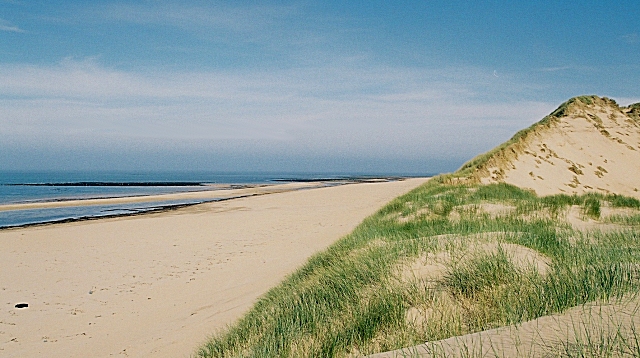Rattray Head on:
[Wikipedia]
[Google]
[Amazon]
 Rattray Head (), historically Rattray Point, is a headland in
Rattray Head (), historically Rattray Point, is a headland in
Rattray Head Lighthouse
It was built by the engineers and brothers
Northern Lighthouse Board
(QuickTime required)
Headlands of Scotland Category B listed lighthouses Landforms of Aberdeenshire {{Europe-lighthouse-stub
 Rattray Head (), historically Rattray Point, is a headland in
Rattray Head (), historically Rattray Point, is a headland in Buchan
Buchan is an area of north-east Scotland, historically one of the original provinces of the Kingdom of Alba. It is now one of the six committee areas and administrative areas of Aberdeenshire Council, Scotland. These areas were created by ...
, Aberdeenshire, on the north-east coast Scotland
Scotland (, ) is a Countries of the United Kingdom, country that is part of the United Kingdom. Covering the northern third of the island of Great Britain, mainland Scotland has a Anglo-Scottish border, border with England to the southeast ...
. To north lies Strathbeg Bay and Rattray Bay is to its south. The dunes at Rattray Head beach can be up to high and stretch from St Combs to Peterhead
Peterhead (; gd, Ceann Phàdraig, sco, Peterheid ) is a town in Aberdeenshire, Scotland. It is Aberdeenshire's biggest settlement (the city of Aberdeen itself not being a part of the district), with a population of 18,537 at the 2011 Census. ...
.
Rattray Head lighthouse
The Rattray Head lighthouse was built in 1895.It was built by the engineers and brothers
David Alan Stevenson
David Alan Stevenson (21 July 1854 in Edinburgh – 11 April 1938) was a lighthouse engineer who built 26 lighthouses in and around Scotland.
Life
He was born on 21 July 1854 the son of David Stevenson and his wife, Elizabeth Mackay. His ...
and Charles Alexander Stevenson
Charles Alexander Stevenson MICE MIEE FRSE (23 December 1855, – 9 May 1950) was a Scottish lighthouse engineer who built twenty-three lighthouses in and around Scotland.
Life
He was born at 8 Forth Street in the east part of Edinburgh's New ...
. In February 1982 it became unmanned and self-working.
The lighthouse is accessible by way of a causeway that is usually underwater and only visible at low tide. It is wide enough for a vehicle to cross.
Remains of several shipwrecks can still be seen on the beach.
Access to the beach is by a narrow track with deep ruts, potholes and limited passing places which leads to a carpark and a short walk through the sand dunes (high ground clearance and good reversing skills required).
See also
*List of lighthouses in Scotland
This is a list of lighthouses in Scotland. The Northern Lighthouse Board, from which much of the information is derived, are responsible for most lighthouses in Scotland but have handed over responsibility in the major estuaries to the port aut ...
* List of Northern Lighthouse Board lighthouses
This is a list of the currently operational lighthouses of the Northern Lighthouse Board (NLB). The list is divided by geographical location, and then by whether the lighthouses are classed by the NLB as a 'major lighthouse' or a 'minor light'. F ...
References
External links
Northern Lighthouse Board
(QuickTime required)
Headlands of Scotland Category B listed lighthouses Landforms of Aberdeenshire {{Europe-lighthouse-stub